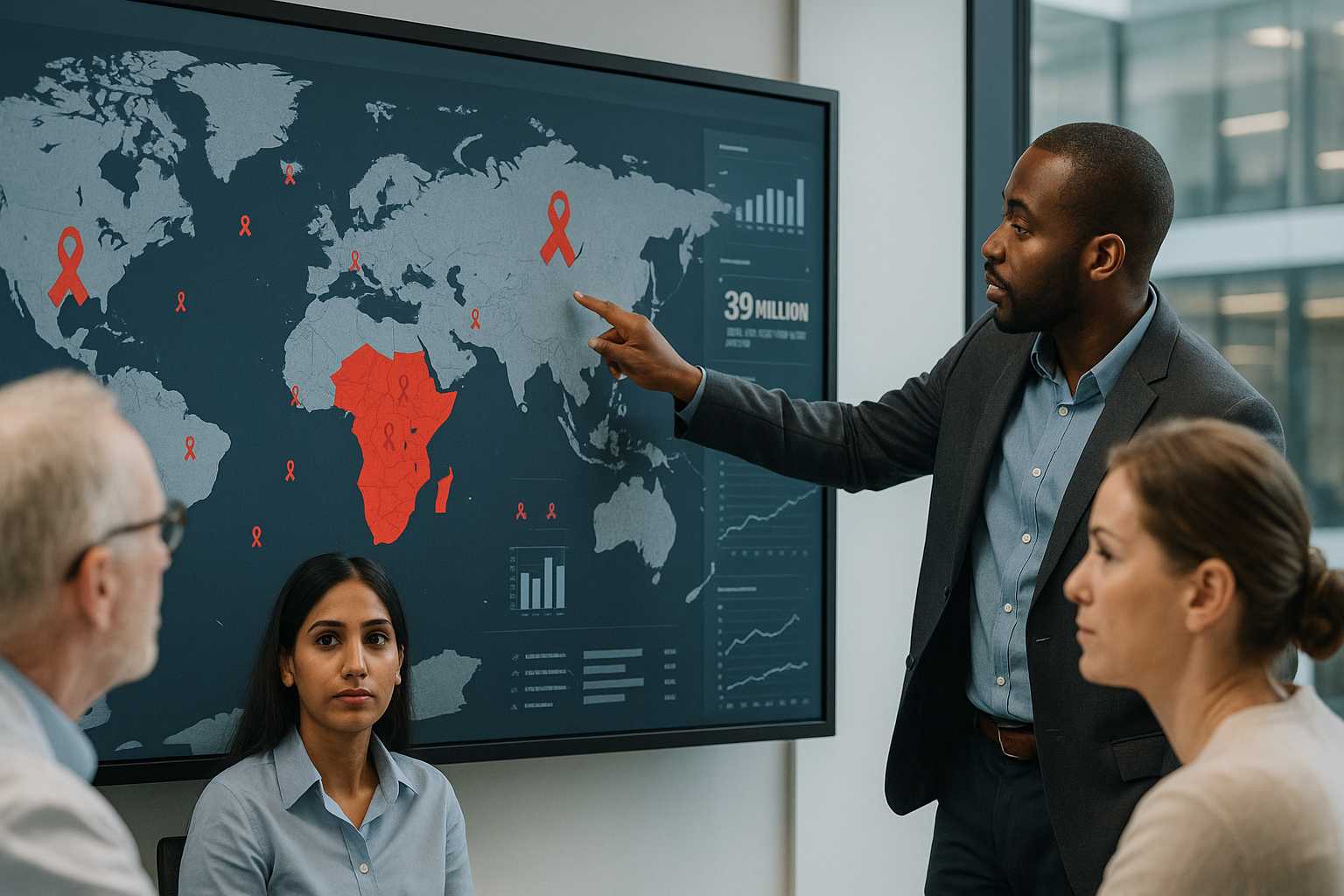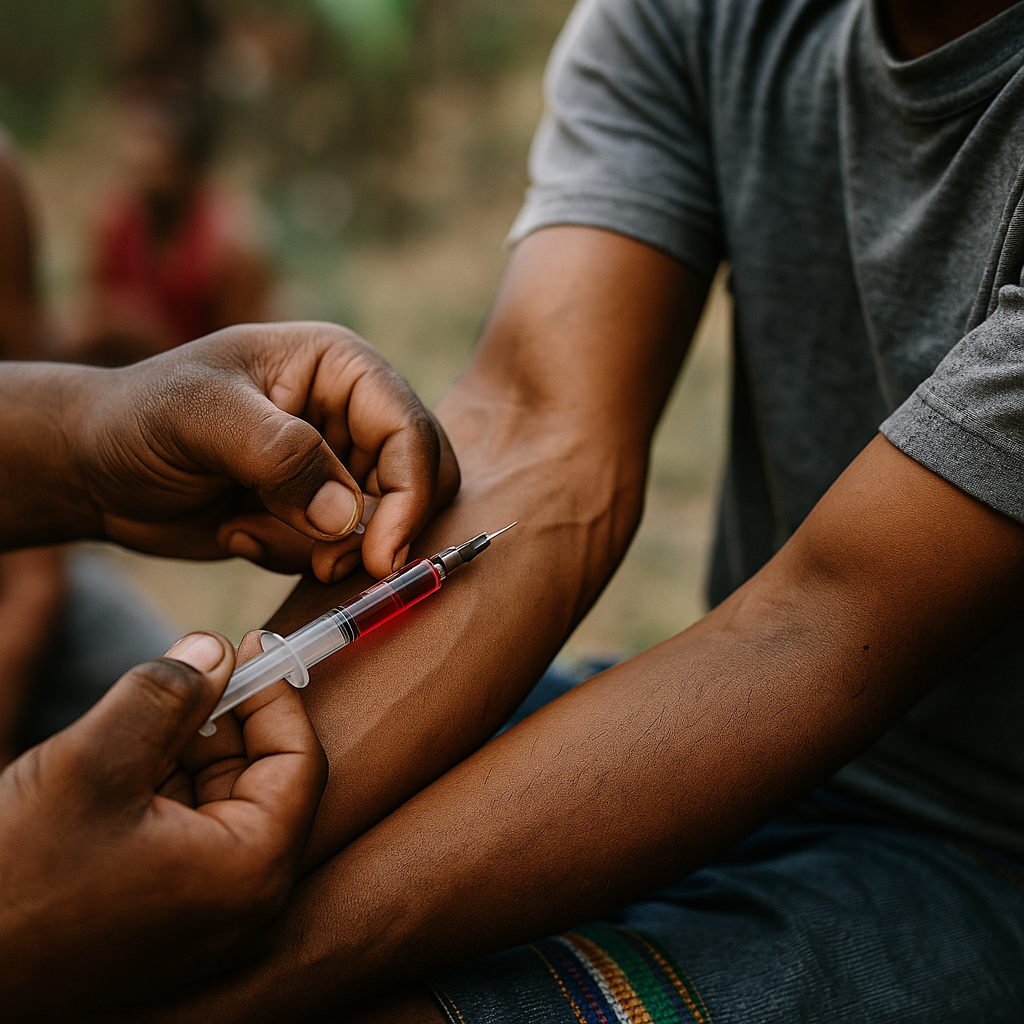How big is the global HIV epidemic, and what do the numbers really show about progress and challenges? Understanding the statistics behind HIV is essential for making sense of the fight against this worldwide health issue. These figures not only reflect the current state of the epidemic but also help shape prevention, treatment, and awareness strategies worldwide.
Table of Contents
- Global Overview of HIV
- Regional Differences in HIV Rates
- Access to Treatment and Care
- Why HIV Statistics Matter
- FAQs
- Conclusion
Global Overview of HIV
According to UNAIDS, by the end of 2023, an estimated 39 million people worldwide were living with HIV. This includes adults, adolescents, and children. In the same year, about 1.3 million people were newly infected with HIV, while 630,000 people died from AIDS-related illnesses.
These statistics show both progress and challenges. Since the peak of the epidemic in the mid-1990s, new infections have dropped by more than half. However, the rate of decline has slowed, signaling the need for renewed efforts in prevention and education.
Regional Differences in HIV Rates
The burden of HIV is not the same across all regions. Sub-Saharan Africa remains the most heavily affected, accounting for nearly two-thirds of all people living with HIV. Women and adolescent girls in this region continue to face disproportionately high infection rates.
Other regions face different challenges. In Asia and the Pacific, infections are rising in some countries due to stigma, limited testing, and lack of outreach to high-risk groups. Eastern Europe and Central Asia have also seen increases, largely driven by injection drug use and limited harm-reduction programs.
Meanwhile, Western Europe and North America have lower infection rates but still face hurdles in addressing stigma and ensuring equitable treatment access for marginalized populations.
Access to Treatment and Care
One of the most important statistics is access to antiretroviral therapy (ART). By 2023, more than 29 million people worldwide were receiving ART—about 75% of those diagnosed. While this is a major achievement, millions are still without life-saving medications, particularly in low-income countries.
Expanding ART access is crucial. Treatment not only helps people live longer and healthier lives but also reduces the risk of transmitting HIV to others. Organizations such as Healthcare.pro provide valuable resources for those seeking guidance on HIV treatment and support.
Looking forward, innovations such as long-acting injectables and potential vaccines may improve adherence and reduce infection rates even further. However, cost, stigma, and accessibility remain major obstacles.
Why HIV Statistics Matter
Numbers are more than just data—they represent lives. Understanding the statistics behind HIV helps governments, organizations, and healthcare providers make informed decisions. It also helps the public grasp the scale of the epidemic and the importance of prevention strategies.
Accurate statistics also fight misinformation and stigma, making it easier for people to talk openly about testing and treatment. Digital platforms like eHealthcare Solutions play a vital role in spreading awareness and ensuring reliable information reaches global audiences.
Conclusion
The global HIV epidemic is far from over, but the statistics show a mix of progress and ongoing challenges. With millions still living with HIV and new infections occurring every year, continued global efforts in education, prevention, and treatment are essential. By paying attention to the numbers, we can better understand the path forward and work toward an AIDS-free future.
FAQs
How many people worldwide live with HIV?
As of 2023, about 39 million people are living with HIV globally.
Which region is most affected by HIV?
Sub-Saharan Africa carries the highest burden, with nearly two-thirds of global HIV cases.
How many people are receiving HIV treatment?
Around 29 million people were on antiretroviral therapy in 2023—about 75% of those diagnosed.
Are HIV infection rates going up or down?
Globally, infections have declined since the 1990s, but progress has slowed, and some regions are seeing increases.
Why are HIV statistics important?
They help guide policy, funding, and healthcare priorities while reducing stigma through awareness and education.
This content is not medical advice. For any health issues, always consult a healthcare professional. In an emergency, call 911 or your local emergency services.




